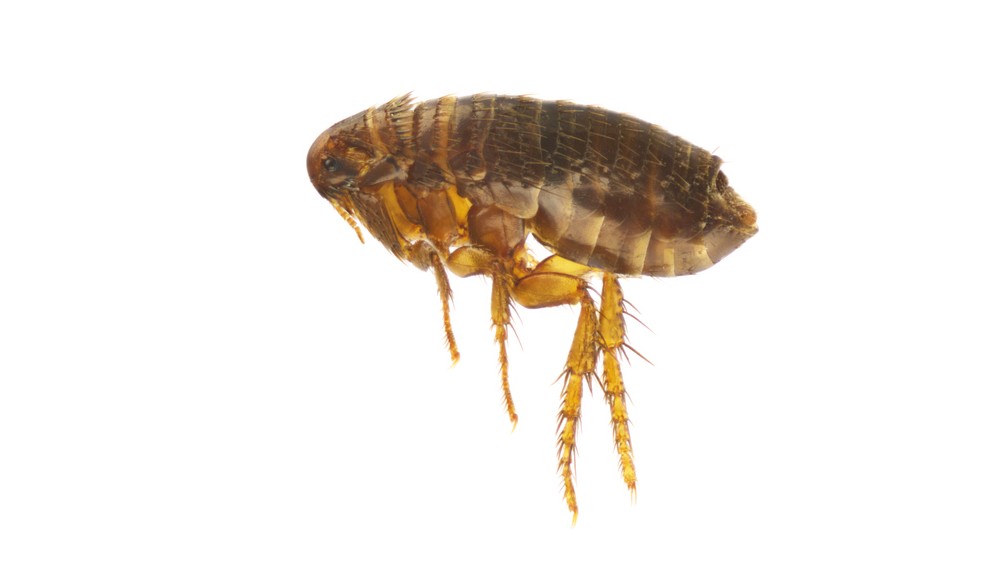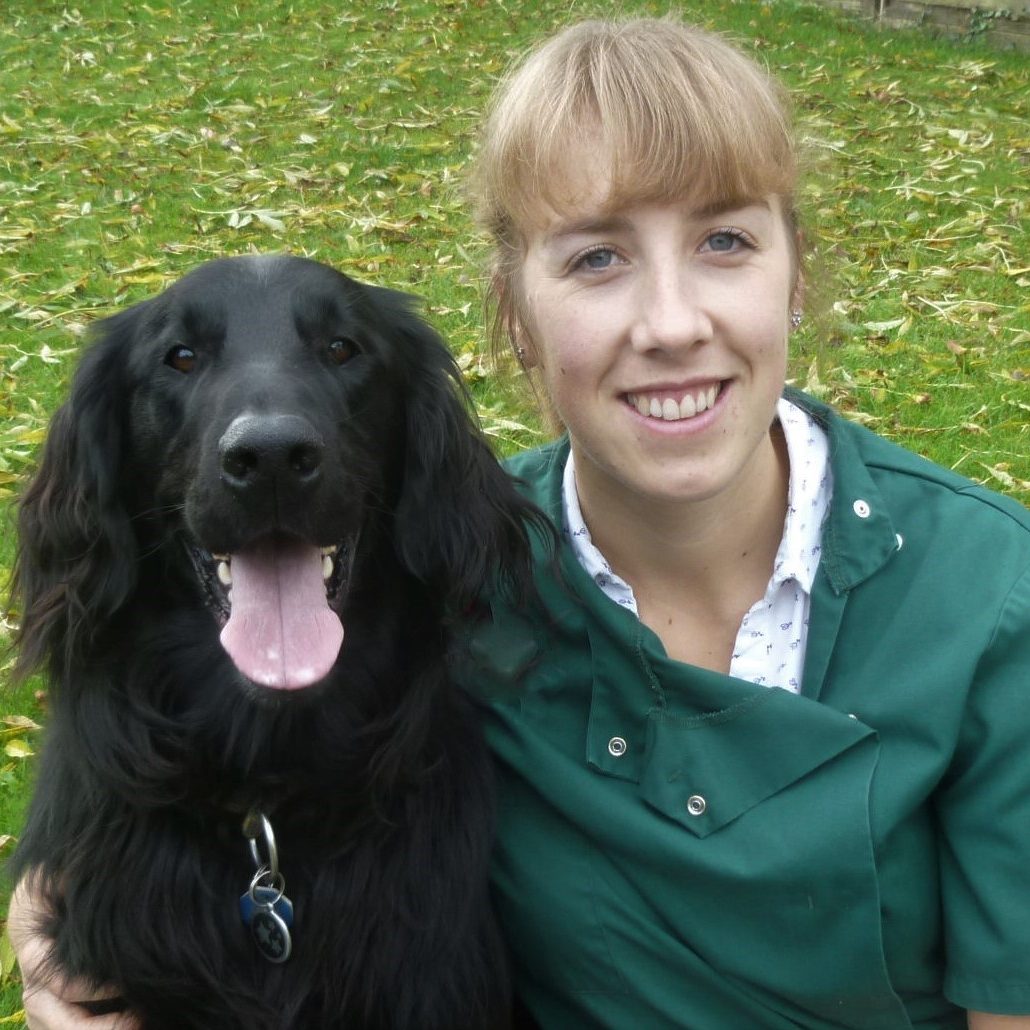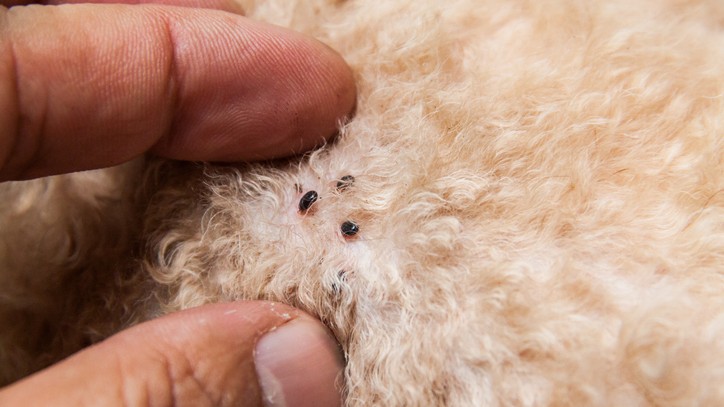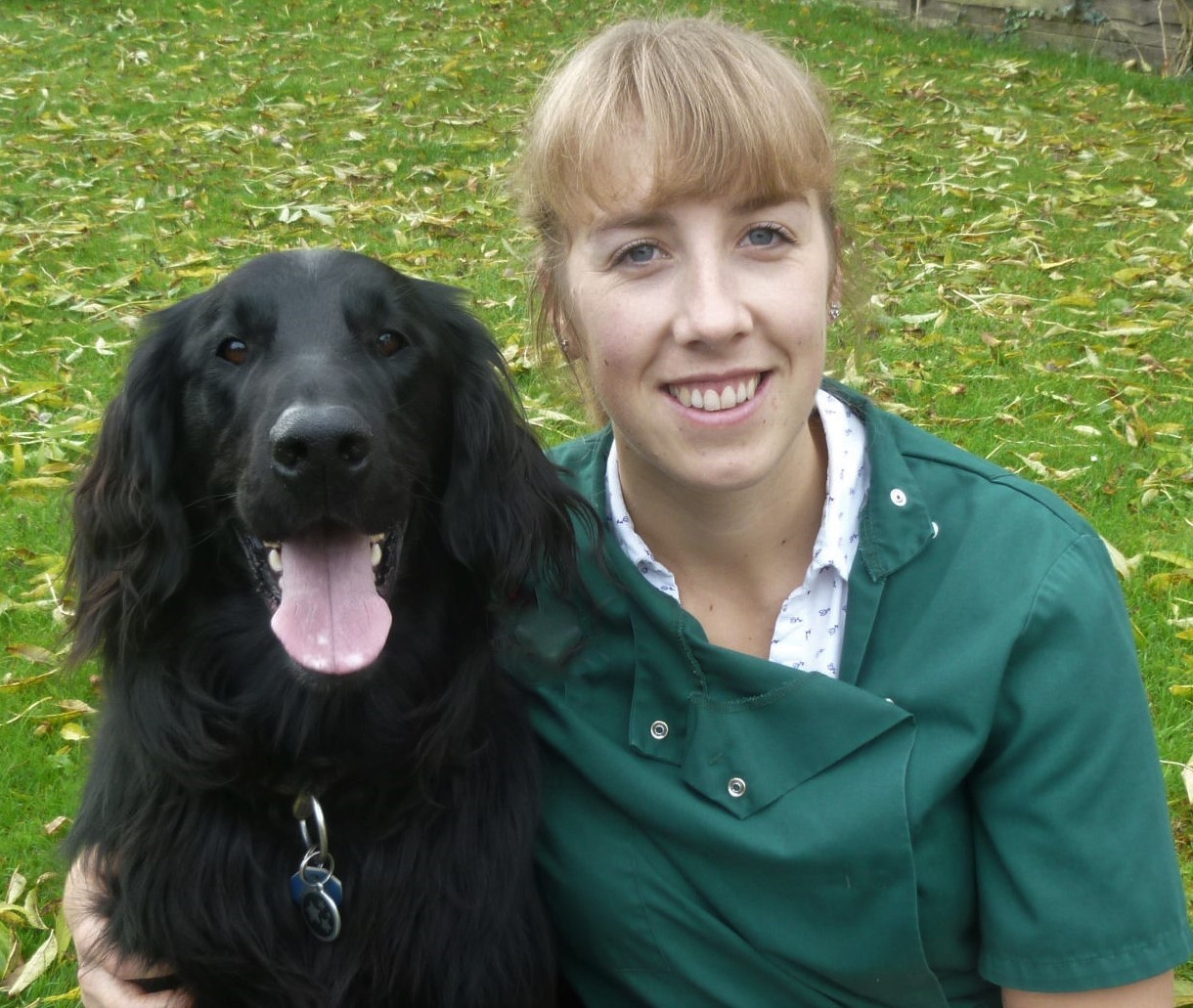Dog fleas vs cat fleas: What's the difference?
Is there a difference between dog fleas vs cat fleas or are they one and the same? Our vet reveals the answer!

Dog fleas vs cat fleas - is there any difference between the two or are the pesky parasites that infest our canine companions and feline friends exactly the same?
Well, the answer might just surprise you because while they are technically two different species, where in the world you live will determine which flea your dog is likely to pick up.
If you’ve ever wondered can cat fleas live on dogs, the answer is a resounding yes if you call North America home. Dog fleas are found predominantly in Europe, so if you live outside of this corner of the globe and your pup picks up fleas, the chances are high that they’re of the cat variety.
Symptoms of a flea infestation can include excessive itching, red skin and secondary infections so regardless of what type of flea has decided to hitch a ride in your fur friend’s coat, it’s important that you act fast with the best flea treatment for dogs or the best flea treatment for cats to banish the infestation.
Below, Dr. Rebecca MacMillan is here to tell you everything you need to know about fleas, including the different types, the effects fleas can have on your pet and what to do if your beloved bundle of fluff develops an infestation. Let’s dive in…

Dr. Rebecca MacMillan is a companion animal vet with over 13 years of experience treating and looking after pets. She graduated from the UK Royal Veterinary college in 2009, and has worked in several practices over the years. Rebecca is also an experienced writer, using her veterinary background to offer expert opinion and advice.
Are cat fleas different from dog fleas?
There are many species of fleas that infect different types of animals. Cat fleas (Ctenocephalides felis) are different from dog fleas (Ctenocephalides canis), but in reality, you can only really tell with a microscope.
Any subtle differences in the way they look don’t really matter when you consider that the majority of fleas found on pets in the USA are cat fleas. Cat fleas have adapted to infect and drink the blood of other animals, but dog fleas are very specific to dogs. As dog flea infestations are much rarer, chances are that you will be treating both your pet dog and cat for cat fleas!
The flea life cycle
All species of flea grow and develop through the same stages, which are referred to as the flea life cycle. This life cycle can complete in 2-4 weeks in optimum (warm/humid) conditions.
Adults
Adult fleas are small insects about 1-3mm in size, brownish-red, and wingless. They hatch out of small cocoons on the ground when an animal passes by. The flea will then feed on the animal, drinking blood, and will start reproducing.
Eggs
If mated, female fleas can lay up to 50 eggs a day. These eggs are tiny and hard to spot, rolling off of the animal onto the ground. In the right conditions, they hatch into larvae within 2 to 12 days.
Larvae
Larvae look like small pale wriggly worms. They prefer the dark so they crawl into cracks and gaps, like between carpet fibers or in the sofas of your home, or on the ground outside. They feed on organic debris including skin flakes, food particles, and feces from mature fleas that have fallen onto the floor from your pet.
Pupae
The larvae feed and grow, then spin themselves a sticky cocoon out of silk, turning into a pupa. Dust and dirt stick to it, camouflaging it and making it hard to suck up through a vacuum. This can remain disguised in its environment for weeks or months until an animal passes by again. Then, out hatches an adult flea, and so the life cycle starts again.
What problems can fleas cause?

Both dog and cat fleas will bite to feed on blood, which can be very itchy. In animals with high numbers of fleas, this itchiness can be very intense, leading to sore, inflamed skin.
Very young puppies and kittens with high levels of fleas can suffer from anemia due to the volume of blood lost. Fleas can also spread diseases between animals.
Flea larvae can play a significant role in the tapeworm life cycle by accidentally ingesting tapeworm eggs whilst feeding on the ground. As the flea matures it carries the tapeworm inside it still. If your pet grooms or licks itself and accidentally swallows an infected flea, it becomes infected with the tapeworm.
You might also be interested to read Do fleas bite humans?
How do I get rid of fleas?
You will need to treat both the adult fleas on your pet and the many immature fleas and eggs that are in the environment too.
There are a variety of different products to kill adult fleas including topical spot-on treatments, oral medications, and flea collars. Your veterinarian will be able to advise you on the best product for your pet. It’s important to use these products regularly as prescribed so that you have continuous protection.
You can treat the house with chemical sprays. The resistant pupae may not be affected by this though so you have to be patient and wait for the adult flea to hop out and come into contact with your pet and its flea product. The vibrations of hoovering will encourage them to hatch faster as well increasing the humidity, such as hanging wet towels on warm radiators.
If you are still struggling despite this you may want to look at Why is my flea treatment not working?
Will dog flea treatment kill cat fleas?
Yes, dog flea treatment that you apply to your canine pets will kill any cat fleas on them. As discussed earlier, most flea infestations in pets are caused by cat fleas anyway, so manufacturers' products are definitely effective against this parasite. Plus, different types of flea are all very susceptible to the same insecticidal chemicals anyway. Here are the safest flea treatments for dogs.
How do I stop my pet getting fleas?
As discussed in six ways to prevent fleas you should keep your cat and dog on all year round preventative flea and tick treatment. This will stop you from getting a big flea outbreak in the first place. Keeping a clutter-free, easy to hoover home will also help stop problems getting out of hand too.
Cat fleas and dog fleas are slightly different, with the cat flea being the more widespread and versatile of the two. Cat fleas affect many animals causing problems like itchiness and potentially spreading disease. Apply your pet’s preventative flea treatment regularly to ensure your pet has continuous cover against this pesky parasite!
For more information on what to do if your pet has a flea infestation, check out our guides to how to soothe flea bites on dogs and how to give a cat a flea bath that hates water.
PetsRadar Newsletter
Get the best advice, tips and top tech for your beloved Pets
Rebecca is a veterinary surgeon who graduated in 2009 from the Royal Veterinary College in London. She has a wealth of experience in first opinion small animal practice, having done a mixture of day-to-day routine work, on-call emergency duties and managerial roles over the years. Rebecca enjoys medicine in particular and she is proud to have recently achieved a BSAVA postgraduate certificate in small animal medicine (with commendation).
She writes on various feline and canine topics, including behavior, nutrition, and health. Outside of work and writing she enjoys walking her own dog, spending time with her young family and baking!

